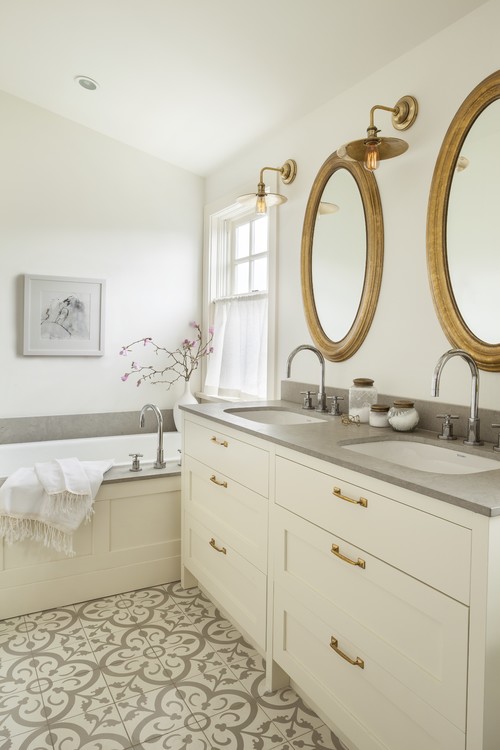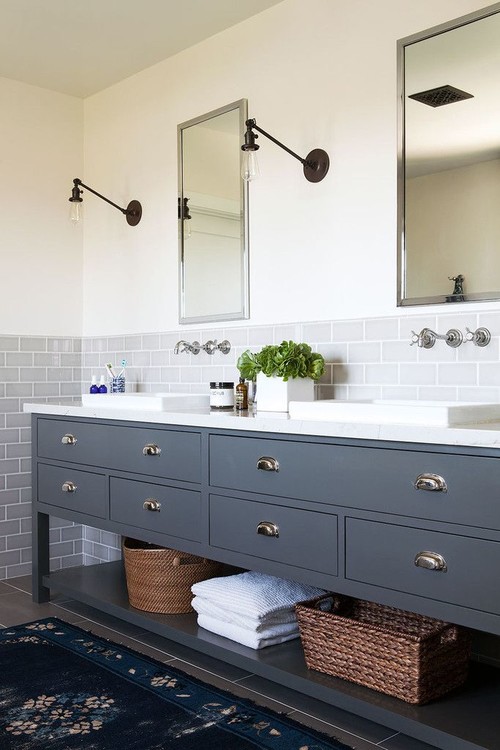Money Matters: Why It’s Important to be Pre-qualified Before Starting Your Home Search
*This blog is part of a series about financing as it pertains to purchasing new construction homes. Check back monthly to learn great tips for improving credit, choosing financing options, and to meet our preferred lenders as they explore these topics.
Have you ever watched an episode of one those HGTV shows where the agent takes his or her hopeful buyers on a tour of a stunning home where the location is perfect, the floor plan is exactly what they had in mind, and every single detail seems too good to be true? Then, the agent reveals the asking price, which is twice what they can afford. It’s a cruel real estate reality check, but makes a good point. Getting pre-qualified prior to beginning a home search, especially in today’s rapidly-changing market, is vital.
Fortunately, a great residential lender can help make your home-buying dreams achievable. As the adage goes, “Start where you are, use what you have, do what you can.” Beginning the process of obtaining a pre-qualification letter will help set realistic expectations for your home-buying goals, not only in terms of price, but down payment, interest rate, and timeline. Even if you aren’t able to get pre-qualified immediately, most lenders will act as a financial coach, and provide tips on how to improve your credit and make your home buying dreams a reality.
Check out this interview with Smart Bank Vice President and Residential Lender, Karen Flores, to learn more about pre-qualification.
Brittany, Pratt Home Builders: Why is it important to get pre-qualified before you begin your home search?
Karen Flores, Smart Bank: Many borrowers have little or no idea of how the mortgage process works. Getting a pre-qualification review of their credit profile lets borrowers know if now is the right time for them to look for a home or if there are items they need to address, such as erroneous items on their credit report. Pre-qualifications also give them information about how much of a house they can or want to afford based on their current salaries and their available down payment funds. There is no sense in looking at a home that is beyond the income limit or that requires more money than what is currently available.
Brittany, Pratt Home Builders: With the Chattanooga market and the intense competition, especially in obtaining a new home, why would you encourage customers to talk to a lender first?
Karen Flores, Smart Bank: We are all aware that today’s market is seller driven–low inventories mean buyers have to act quickly when acceptable homes become available. Even if the borrower has not identified a specific property, having a pre-qualification letter will allow them to act more quickly in submitting an offer. If the initial offer is presented with a pre-qualification letter, the seller has more assurance that they are signing a valid contract, and that the buyers’ credit has been reviewed and is acceptable. Knowing the level of affordability also tells the buyer whether or not they can increase the price if the seller gets a higher offer.
Brittany, Pratt Home Builders: What insights can a lending professional offer?
Karen Flores, Smart Bank: Many times buyers come into my office thinking they want one loan program when there are many times better options available to them. A lender’s job is to provide information to help the borrower decide the loan program that is best for them.
Brittany, Pratt Home Builders: Many people speculate on what they think they can afford based on coworkers or other people? Why is it not just about your salary?
Karen Flores, Smart Bank: Loan rates can differ depending on the program. Government loan rates are many times a little lower than conforming rates, but can have higher fees. A borrower’s credit score also plays a heavy part in determining the mortgage interest rate. The higher the score, usually the lower the interest rate. But the amount of down payment can also affect the rate as well as what action has taken place in the stock market the day the rate is locked in. Borrowers will talk amongst themselves about loan rates, but will not necessarily tell each other the whole story.
Brittany, Pratt Home Builders: What other factors can influence pre-qualification?
Karen Flores, Smart Bank: Applicants sometimes do not understand their income source or their true debt obligations per underwriting guidelines. Many self-employed borrowers only remember their gross earnings and not the net income after their accountant made allowable deductions. Also, the Ability to Repay rule requires that lenders count all possible responsibilities in a borrower’s debt load when making a credit decision. If a borrower owns real estate property with another person, we must usually count the taxes and insurance due in their debt ratio, even if the other person pays these annual amounts. When meeting with a lender, it is best to have as much information and documentation as possible for a valid pre-qualification.
*Please note: Karen says she refers to this letter as a “pre-qualification” letter. A pre-approval letter is a stronger assurance that the lender will provide financing for the loan request. Until a complete credit package and appraisal package is presented, lenders will usually not provide pre-approval letters. A pre-qualification letter usually just provides assurance that the borrower’s credit has been reviewed and is satisfactory.
Do you have other questions for Karen? Get in touch with her at 423-385-3069 or at
karen.flores@smartbank.com
















